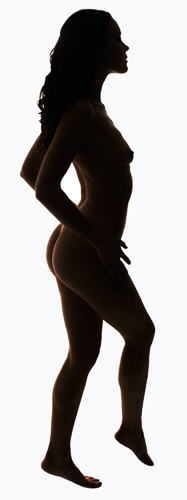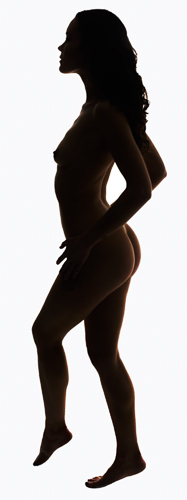
Scott Clifton Photography


Scott Clifton Photography

1. Make sure you can use your kit, even under pressure. Remember those war movies where the recruits were taught to strip and reassemble their rifles in the dark? Your photographic kit is your rifle; don’t be struggling to get it to work while your clients watch impatiently! This is easier said than done with modern digital complex cameras. You can get your camera or flash unit into an unfamiliar mode which is difficult to exit.
2. Use kit commensurate with your skill level; not so simple as to cramp your style and not too complex for you to master.
3. To reduce the chance of you running out of ideas in the middle of a shoot develop a set of poses that you can recall under pressure, and then add to the list as your experience grows. You’ll still dry up as some stage. When this happens take a pose you can remember and keep shooting with this pose but making small changes such as : your height, position of the light, the model’s garments, minor changes to the pose. But keep shooting!
4. Keep the background clean with minimal clutter.
5. If there are blemishes on the background wall, make sure they don’t lie across the model/background boundary. Otherwise they’ll be difficult to remove later in Photoshop.
6. Prioritise getting the focus right. It’s almost impossible to rescue an out of focus image later.
7. Watch for highlights on the model’s skin that are “blown out” since you’ll not be able to recover detail later. Turn your camera’s “blinkies” on.
8. Make sure that if your model is wearing clothes make sure they are clean, non-creased, and attractive.
9. If your model is nude make sure that there are some parts of the image that are colourful (but not too colourful to distract from the model).
10. Check the model’s hair and makeup.
11. Keep checking that the model is still in focus, is properly exposed, and the background is still okay.
12. Chat to the model! If you can’t do six things at once, don’t be a photographer.
13. Use the props around you: that chair, a bed, a mirror, a doorway.
14. Make sure that you and the model are in agreement on how the images will be used after the shoot.
15. Make sure that the model is not too near to a wall that will show a shadow.
16. Start off with only one source of light until you’ve mastered using that.
17. Leave some space around the model so it can “breathe”. Unless you decide to “fill the frame” and get up close.
18. Set your aperture to f/5.6 or f/8 until you are confident that you attain focus at larger apertures such as f/2.8 or bigger.